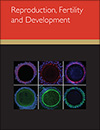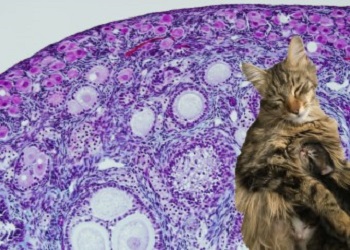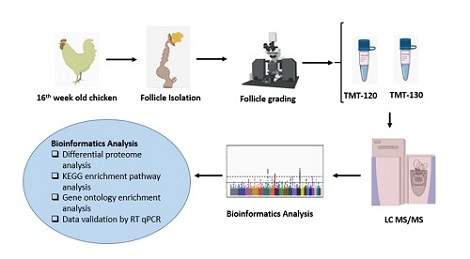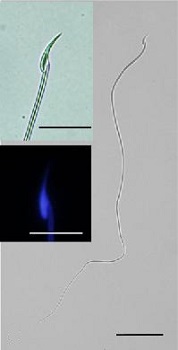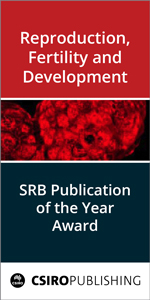Reproduction, Fertility and Development
Volume 34
Number 6 2022
The survival of many salamander and caecilian species requires the targeting and development of biotechnologies to produce offspring from cryopreserved sperm, to lower the costs and increase the reliability of conservation breeding programs. The colonisation of space will also be intimately dependent on the use of cryopreserved biomaterial for terraforming. Cryopreserved sperm has produced mature offspring in salamanders. However, more research and development is needed before the general application of reproduction technologies for salamanders or caecilians.
Understanding how to control ovarian function is vital, as reproduction plays a crucial role in the survival of wild cat species. This study shows that in the ovary of the domestic cat, which is an important experimental model for understanding the basic reproductive biology of wild felids due to its phylogenetic similarity, heat shock proteins exhibit distinct spatial and temporal expression patterns. These findings provide new evidence to help understand the function of heat shock proteins in cycling cat ovaries.
In chickens, follicle development plays a major role in productivity. To increase productivity, comprehensive information on follicle development is necessary. Hence, we demonstrated a tandem mass tag based proteomic technique in small white follicles (1–4 mm) and small yellow follicles (6–8 mm) in chickens. The current proteomic analysis reveals the potential markers HSPA8, HSPA2, SOD1 and FKPB3, which may play a role in small white and small yellow follicle development.
This investigation details the microscopical morphology of the longest spermatozoon to have been recorded in all mammals, that of Maxomys panglima. Light and transmission electron microscopy show that M. panglima has an extremely long sperm tail with smaller mitochondria but larger dense fibres than those of related Maxomys species. The sperm head is small and is less highly flexed than in the other species of Maxomys. These findings add to our understanding of the evolution of sperm morphology in eutherian mammals.
 , Svetlana A. Kaurova
, Svetlana A. Kaurova  , Karthikeyan Vasudevan
, Karthikeyan Vasudevan  , Dale McGinnity
, Dale McGinnity  , Govindappa Venu
, Govindappa Venu  , Manuel Gonzalez, Victor K. Uteshev
, Manuel Gonzalez, Victor K. Uteshev  and Ruth Marcec-Greaves
and Ruth Marcec-Greaves



